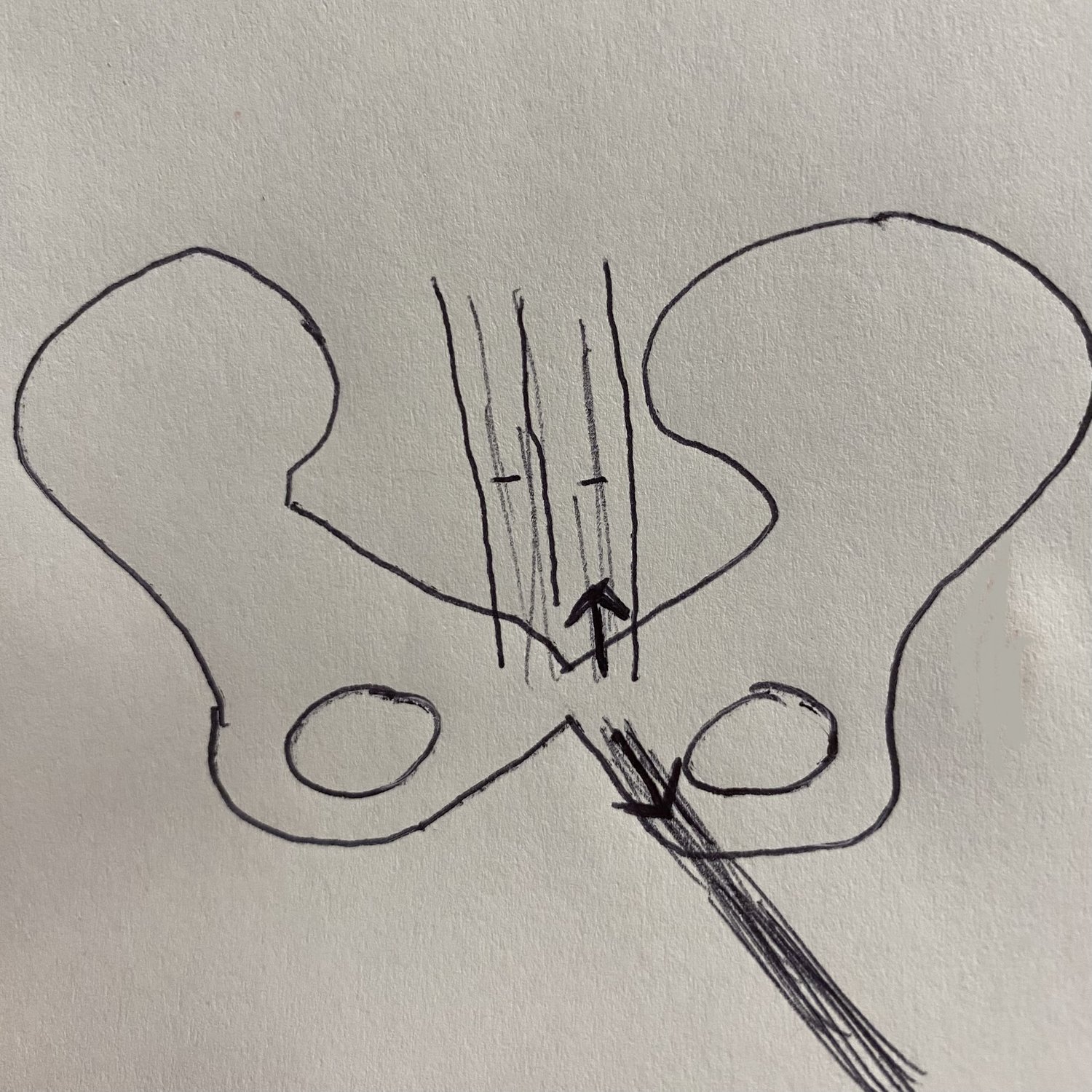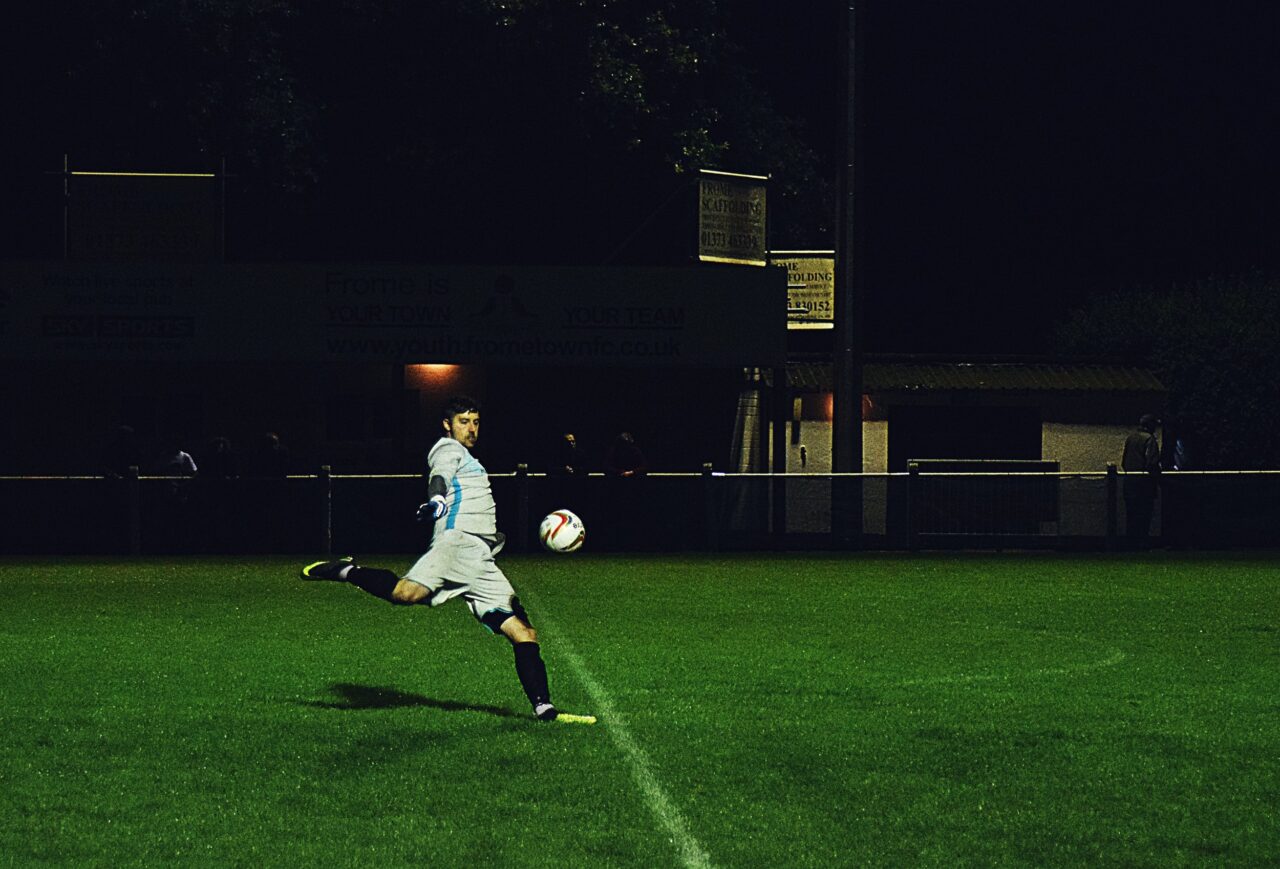What is athletic pubalgia/sport hernia?
This diagnosis is essentially an imbalance of the adductor muscles and abdominal muscles at the pubis. Specifically the adductor longus and the rectus abdominis are the most important muscles involved in athletic pubalgia/sport hernia as they share fascial connections in what is called the pubic aponeurosis or the abdominal/adductor aponeurosis. The rectus abdominis and adductor longus provide opposing forces along this aponeurosis. The rectus abdominis imposes a general upward and posterior pull on the pubis while the adductor longus imposes a general inferior and anterior pull on the pubis. Therefore, an imbalance in pull can lead to dysfunction in these tendons. This often occurs in people performing repetitive or intense contractions of these muscles such as endurance runners or climbers, or in those with repetitive or intense hyperextension and twisting of the trunk like football or soccer players. Men are more susceptible than women to experience this.

Presentation
Often symptoms present as: groin pain, lower abdominal pain, pain that travels to the inner or anterior thigh or even to the perineum and scrotum. Pain is often on one side but can travel to the other side as well.
Can this be the cause of testicular pain?
Yes. Often in our Boulder physical therapy clinic we see athletic pubalgia/sport hernia associated with testicular pain. Why is this? The region of irritation for athletic pubalgia/sport hernia is also where a structure called the inguinal canal turns into the spermatic cord, which supplies the testicles. Irritation of that pubic aponeurosis can irritate nerves found within the spermatic cord, one specifically being the genitofemoral nerve. Irritation of this genitofemoral nerve can be the cause of testicular pain.
Diagnosis
Kachingwe and Grech described 5 signs and symptoms associated with athletic pubalgia/sports hernia:
A subjective complaint of deep groin/lower abdominal pain
The pain is exacerbated with increased exertion such as sprinting, cutting, sit-up and is relieved with rest
Palpable tenderness over the pubic ramus at the insertion of the rectus abdominus and/or conjoined tendon
Pain with resisted hip adduction at 0,45, and/or 90 degrees of hip flexion
Pain with resisted abdominal curl up
A physical examination by a physical therapist can help determine those above signs and symptoms. As far as diagnostic testing, ultrasound is the most effective imaging to diagnose hernia or dysfunction at the pubic apeneurosis. MRI and CT scan can also be effective in identifying dysfunction in this region.
Treatment
It is recommended that conservative treatment (physical therapy) be tried for 3 months before anything further is trialed. If conservative treatment fails, pharmacological treatment can include NSAIDs and oral steroids. Further, corticosteroid or PRP injection to the pubic aponeurosis can be attempted. If all fails, surgery can be considered.
What does physical therapy treatment entail?
Early on, dry needling of the adductors and rectus abdominis and even the pelvic floor muscles, as well as other manual techniques to these regions can help calm down symptoms initially. Then, proper loading of the adductors and rectus abdominis muscles will be crucial. Rest alone will not resolve the issue and proper strengthening of affected muscles is the most important part of rehab. Other deficits in hip or abdominal musculature need to be identified and addressed as well. Exercise progression from early stage exercises to weighted and robust exercises must take place to address any asymmetries and deficits found. Physical therapy, especially pelvic physical therapy (see below) can address symptoms such as testicular pain, increased urinary urgency/frequency, or pain with intercourse that may be concurrently occurring via other manual therapy techniques or coordination exercises.
What kind of physical therapist should I see?
You will want to be sure your physical therapy is comfortable with this diagnosis. Oftentimes, a pelvic physical therapist is a good match for this diagnosis. Pelvic physical therapists are more comfortable palpating muscle attachments on the pubic bone and are often more familiar with the abdominal musculature. Definitely when testicular pain is involved or concurrent urinary urgency/frequency or pain with intercourse, a pelvic physical therapist will be needed to fully address those concerns.
Schedule an appointment today with one of our pelvic health physical therapists in our Boulder or Lafayette clinic today!

